The Svalbard Global Seed Vault
Is Svalbard worth visiting? In a word, yes! Svalbard has fascinated travelers for a long time. The Norwegian archipelago lies just below the North Pole and is one of the world’s northernmost inhabited areas with almost 3,000 human residents. In Svalbard you will also find a fascinating building; The Svalbard Global Seed Vault.

Known for its rugged and remote terrain of glaciers and frozen tundra sheltering polar bears, Svalbard reindeer, Arctic foxes, and other arctic animals, Svalbard is a must-see. The Northern Lights are visible during winter, and summer brings the "midnight sun"—sunlight 24 hours a day.
Historically, both whaling and trapping have been major activities in the archipelago, but now sustainability is the guiding principle in every way: Nearly two-thirds of the surface of Svalbard is protected and consists of several nature reserves, national parks, bird sanctuaries, and even a geotopical protected area.
What is Svalbard Global Seed Vault?
In addition to a few thousand polar bears, the islands are home to Svalbard Global Seed Vault. Set in the permafrost and thick rock 100 meters below the surface in the Platåberget mountain, near Longyearbyen, the Vault is the ultimate insurance policy for the world’s food supply. It will secure, for centuries, millions of seeds representing every important crop variety available in the world today. It is the final back up in the event of a world-threatening disaster.

Seed vault facts
The plant can accommodate 4.5 million seed samples. At its opening in 2008, the seed bank contained 278,000 seed samples of mostly rice and wheat. In September 2009, the stock had increased to 423,899 seed types from 219 different contributing countries. In 2015, the figure had reached 860,000 seed samples.
The stable geology and low humidity create the ultimate fail-safe freezer storage facility. A temperature of -18ºC is required for optimal storage of the seeds, which are stored and sealed in custom-made three-ply foil packages. The packages are sealed inside boxes and stored on shelves inside the vault. The low temperature and moisture levels inside the Vault ensure low metabolic activity, keeping the seeds viable for long periods of time.
Can you visit the seed vault?
Although you can hike and bike to catch a glimpse of The Svalbard Global Seed Vault, the vault itself is only open to tourists via an exciting virtual reality tour.

What else is there to do on Svalbard?
Despite its remoteness, Svalbard has a surprisingly varied and colorful cultural scene. You can visit museums and art galleries, disused mines, and even enjoy a brewery tour. Believe it or not, Svalbard is even hosting some music concerts and arts festivals. You should also enjoy tasting the local arctic cuisine.
We already mentioned the abundant arctic nature and while at Svalbard you can also book yourself on a whale or polar bear safari, bird watching trips, dog-sledding, or snow-mobile adventures.
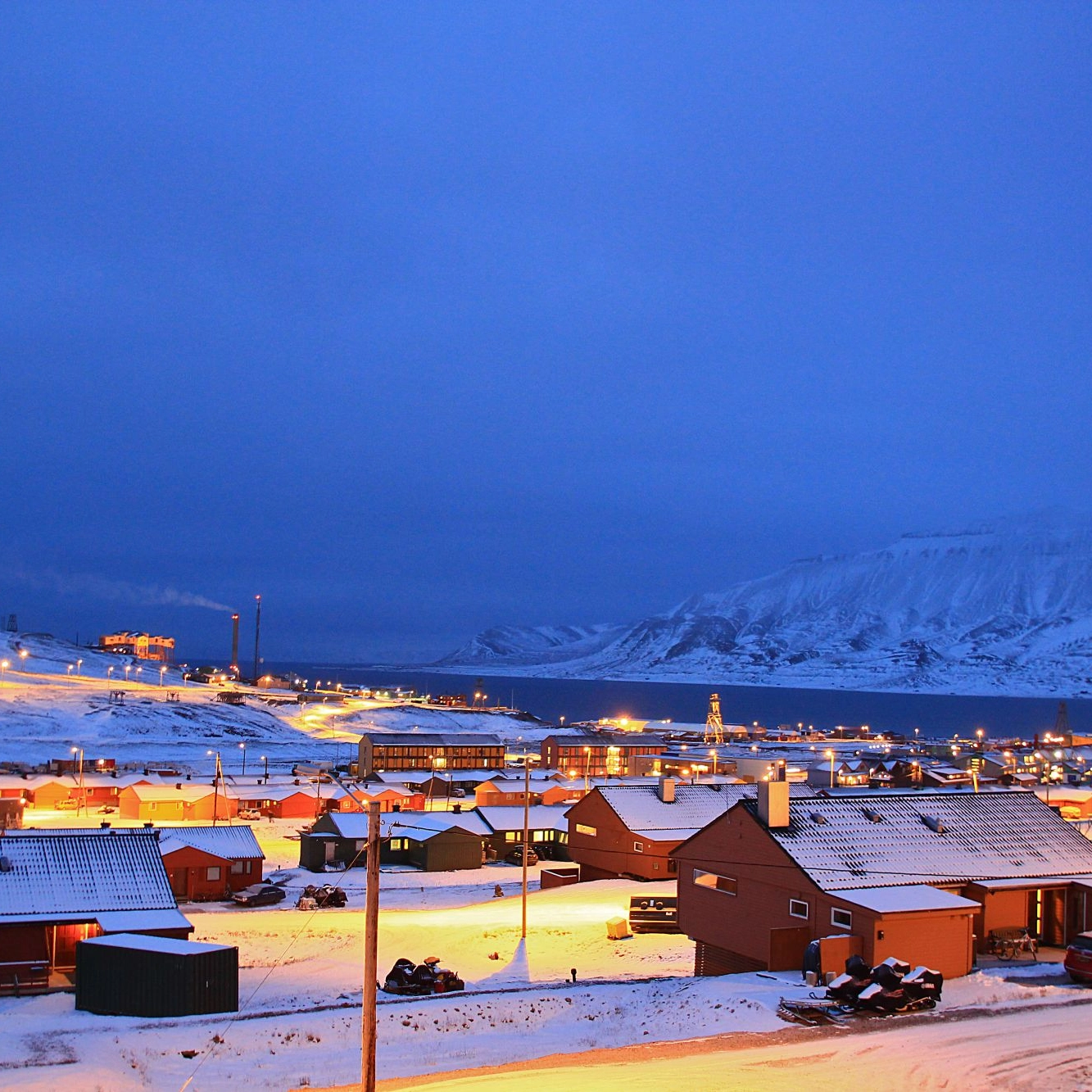
How do I get to Svalbard?
There are daily flights to and from Svalbard throughout the year from mainland Norway, with the frequency increasing during summer months. Flight time is around 3 hours from Oslo International Airport (Gardemoen) and approximately 2 hours from Tromsø.
An airport shuttle service is available for all scheduled flights and takes you to most hotels and guest houses for a fee. Unfortunately, there is no regular boat transportation between the Norwegian mainland and Svalbard.
Several companies offer Svalbard safaris and round trips, but these do not offer passage to and from the mainland. You have to make your way to Svalbard through other means.
Once on the Island Longyearbyen Taxi and Svalbard Bus and Taxi are at your service 24/7. During the Polar Summer, you can hire bicycles at the Tourist Information Centre, while Arctic Autorent at the airport is the town's car rental. There are only about 46 kilometers of road on the Svalbard Islands. Driving off-road is strictly prohibited.
There are no roads between the various settlements. Instead, locals use boats in summer and snowmobiles in winter. Snowmobiles can also be rented in Longyearbyen.
The best arctic experiences
Check out our exciting collection of activities in the arctic here!

Arctic fjord cruise in Tromsø
Tromsø • 4 hr
From 1490NOK
Available 1 April - 23 October
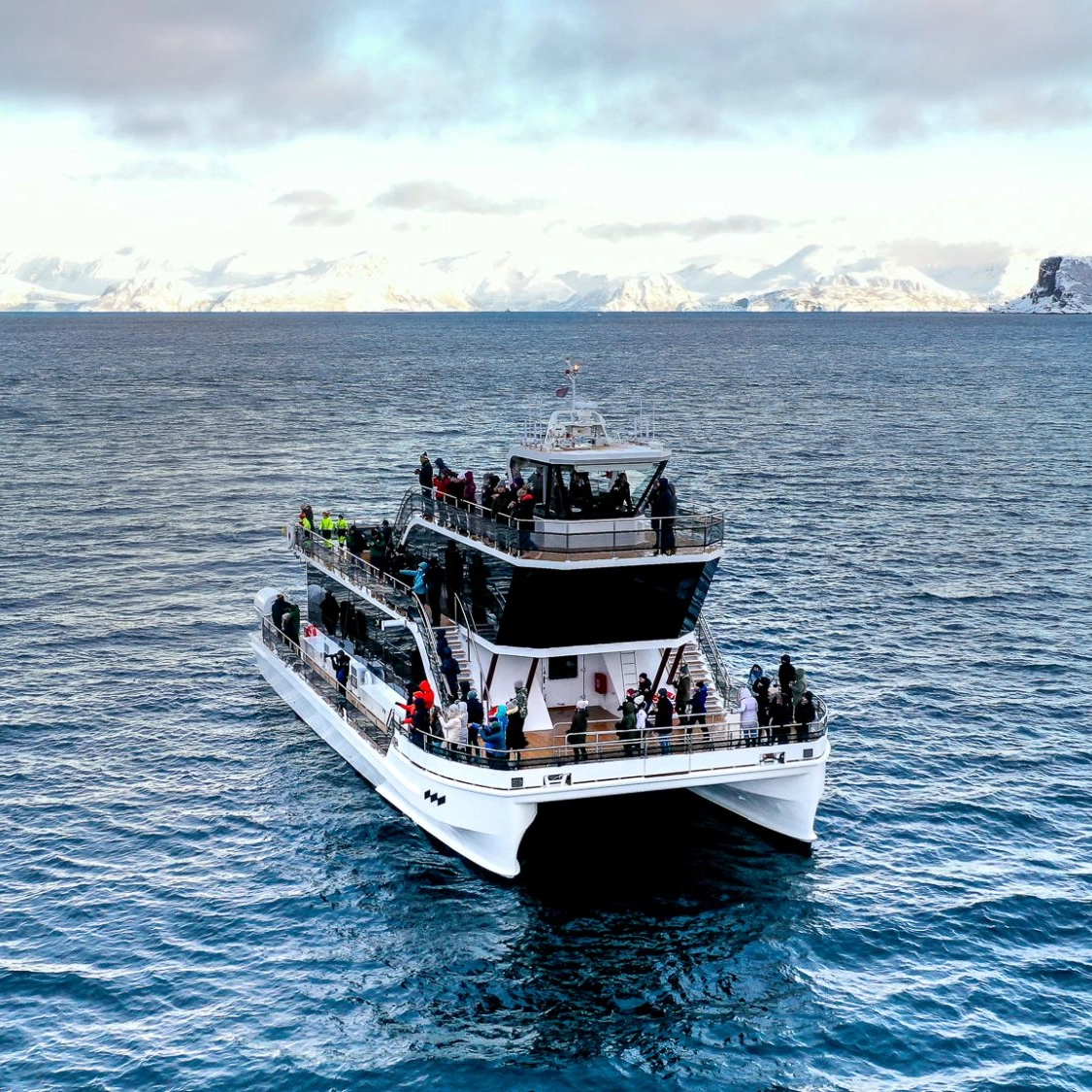
Silent whale watching cruise in Tromsø
Tromsø • 9 hr
From 1790NOK
Available 25 October - 31 January
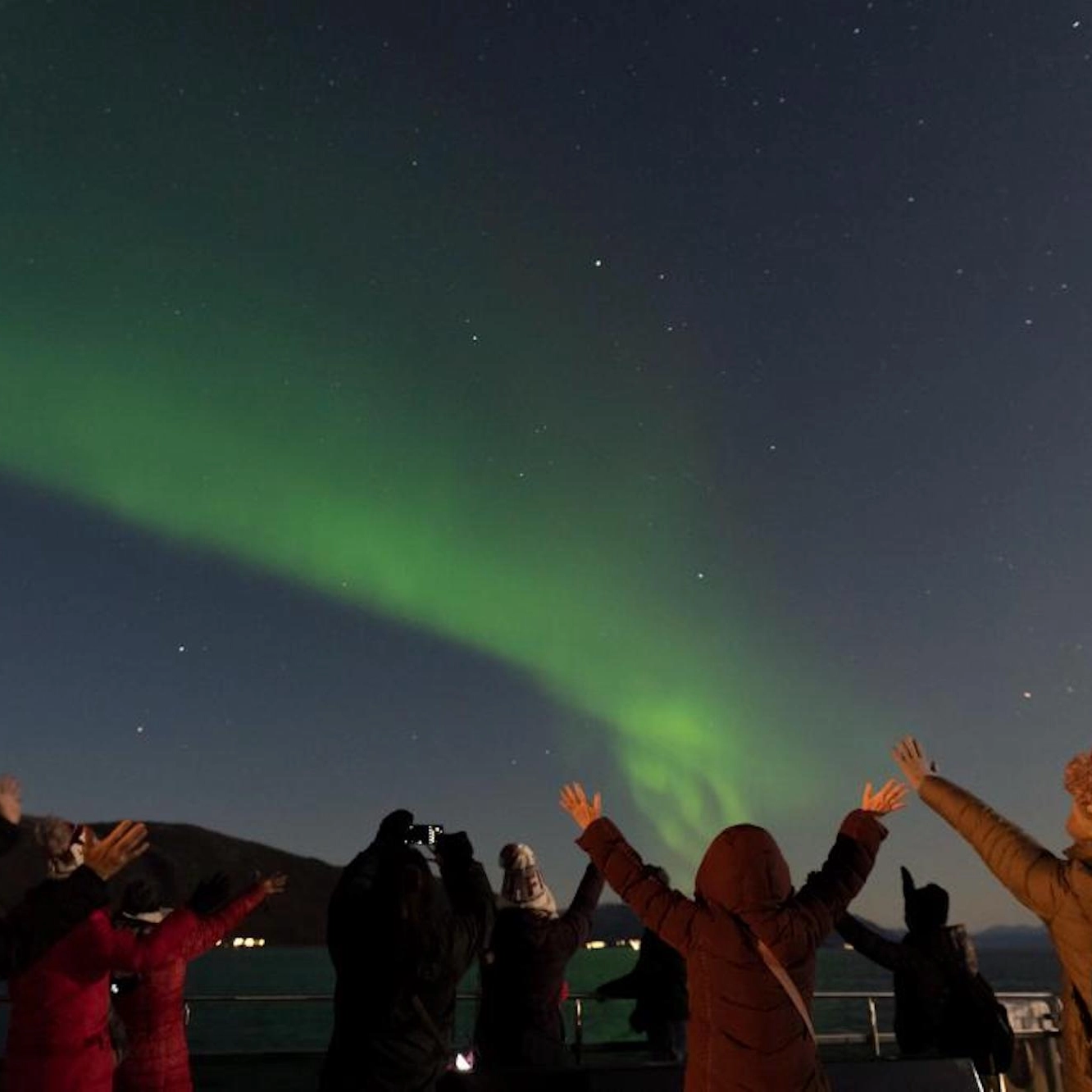
Northern Lights cuisine cruise in Tromsø
Tromsø • 3 hr
From 1890NOK
Available 19 September - 22 March
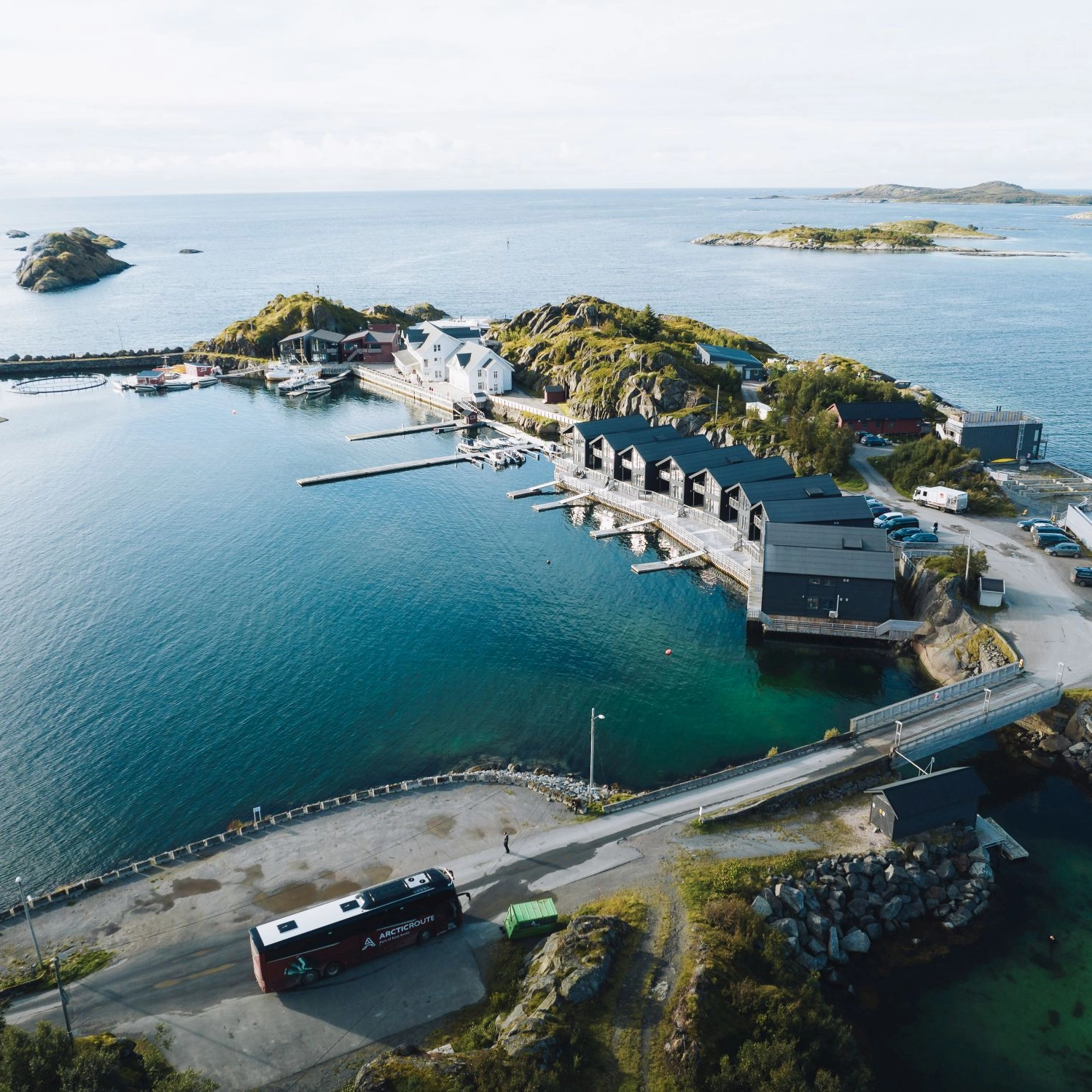
Arctic island hopping from Tromsø
Tromsø • 11 hr 30 min
From 1990NOK
Available 15 May - 31 August
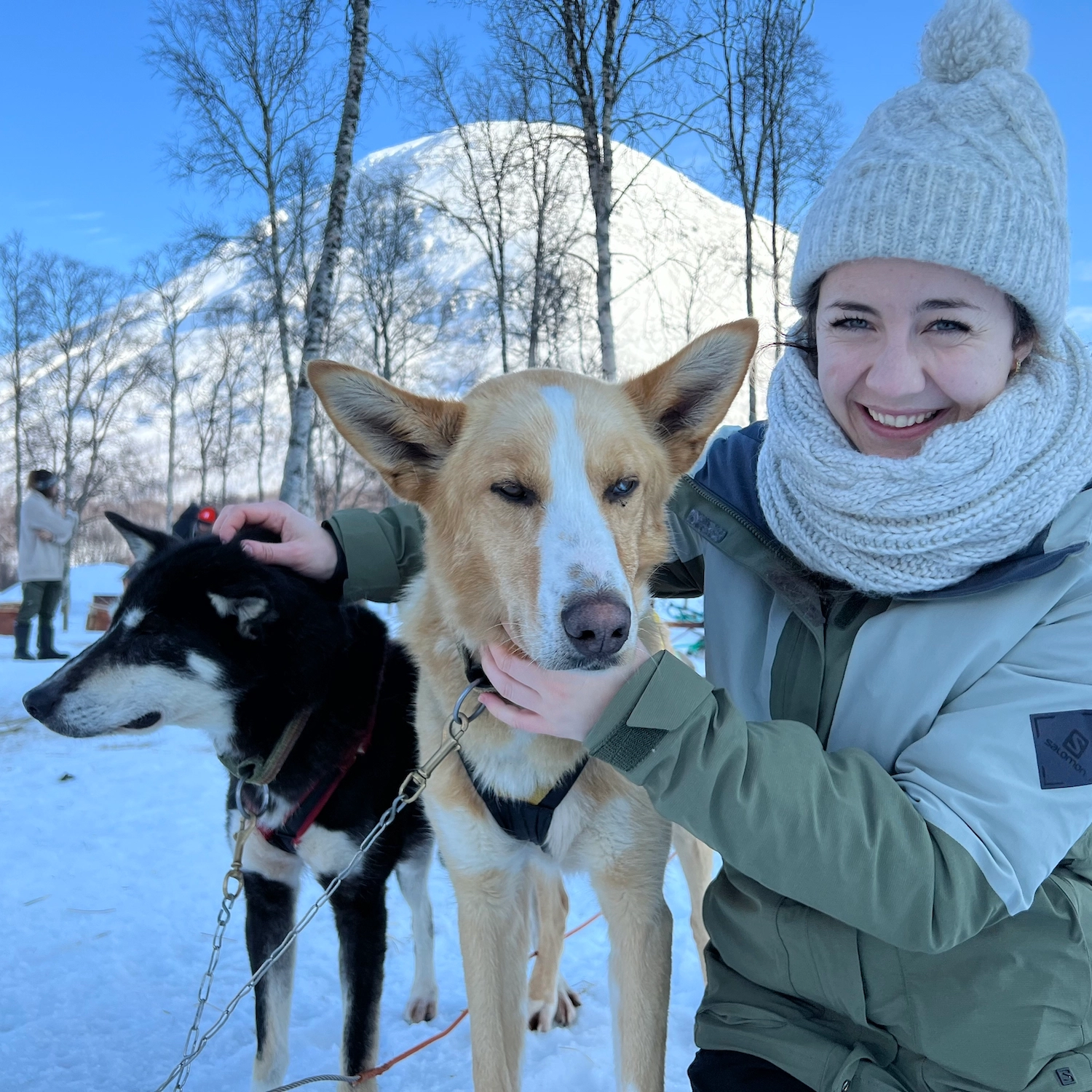
Dog sledding in Tromsø
Multiple locations • 7 hr
From 2990NOK
Available 1 December - 31 March
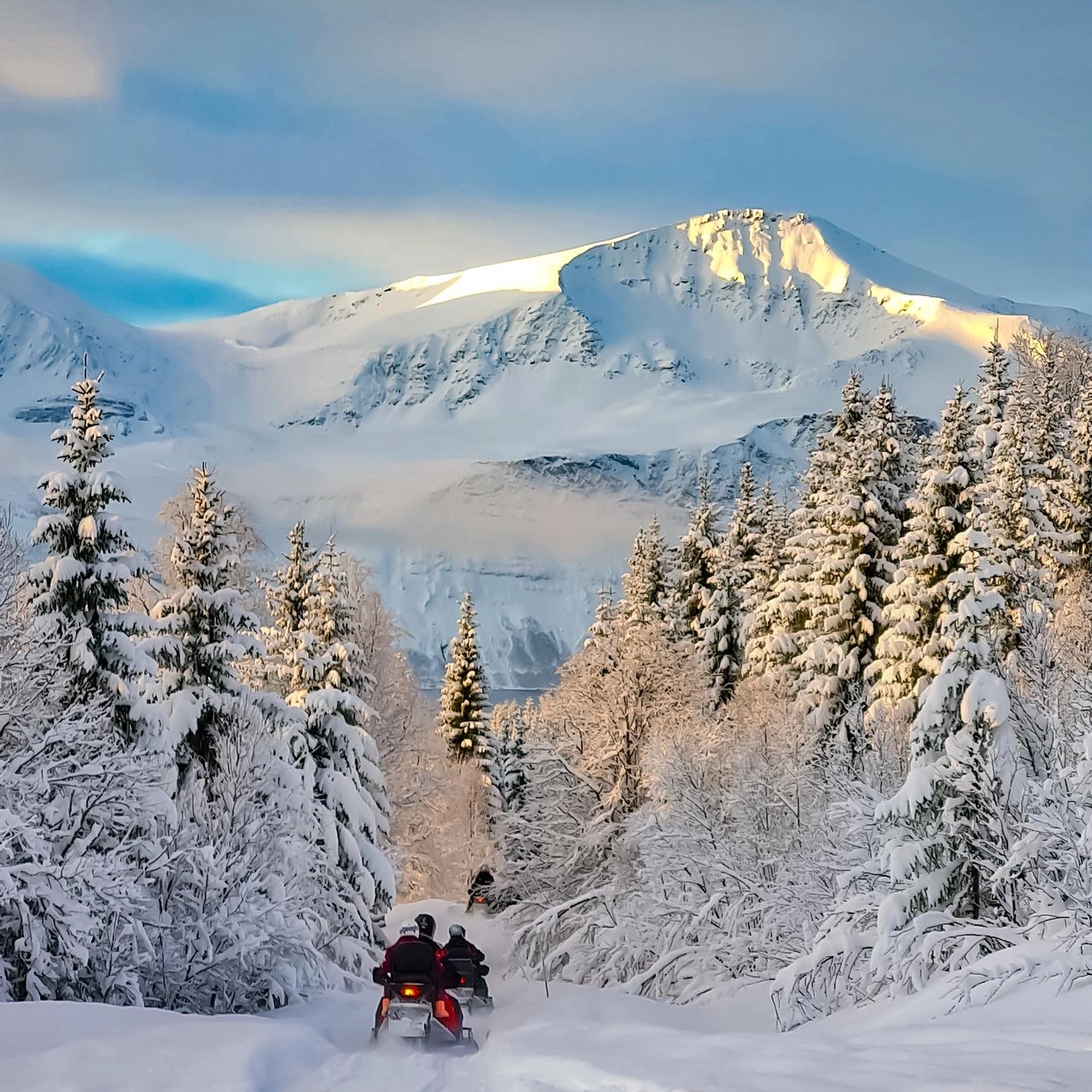
Snowmobile safari in Tromsø
Tromsø • 7 hr
From 2490NOK
Available 10 December - 31 March

Coastal safari and local taste
Tromsø • 6 hr
From 1590NOK
Available 1 September - 14 April
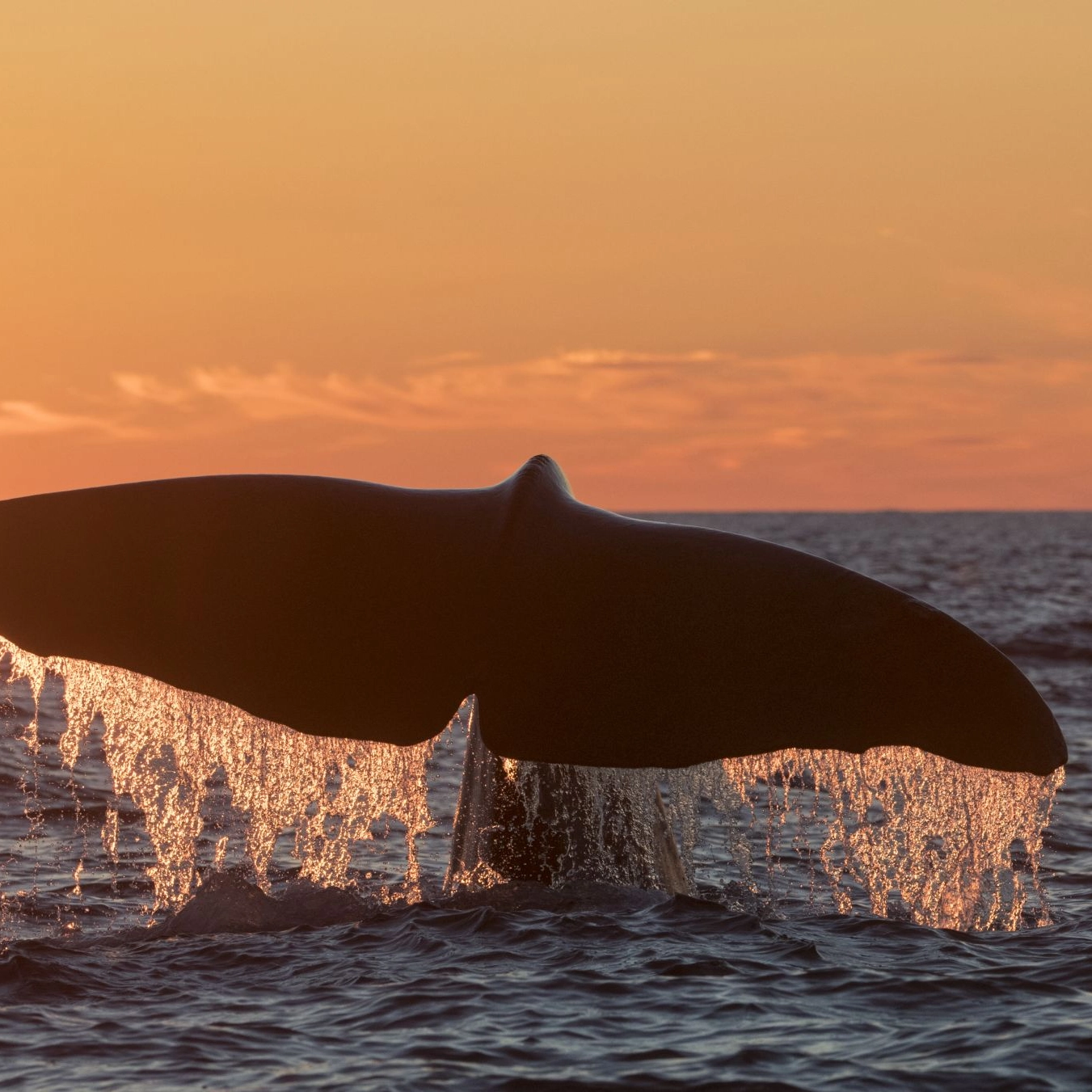
Whale watching in Lofoten
Svolvær • 14 hr
From 3490NOK
Available 15 June - 31 August

Arctic fjord cruise in Tromsø
Tromsø • 4 hr
From 1490NOK
Available 1 April - 23 October

Silent whale watching cruise in Tromsø
Tromsø • 9 hr
From 1790NOK
Available 25 October - 31 January

Northern Lights cuisine cruise in Tromsø
Tromsø • 3 hr
From 1890NOK
Available 19 September - 22 March

Arctic island hopping from Tromsø
Tromsø • 11 hr 30 min
From 1990NOK
Available 15 May - 31 August

Dog sledding in Tromsø
Multiple locations • 7 hr
From 2990NOK
Available 1 December - 31 March

Snowmobile safari in Tromsø
Tromsø • 7 hr
From 2490NOK
Available 10 December - 31 March

Coastal safari and local taste
Tromsø • 6 hr
From 1590NOK
Available 1 September - 14 April

Whale watching in Lofoten
Svolvær • 14 hr
From 3490NOK
Available 15 June - 31 August
Life in the arctic
Get to know the arctic region and be inspired to plan your next arctic adventure!

Norway’s Arctic Climate
Norway’s Arctic is one of the most astounding places on the planet. From the vast untouched snowy landscape, to the breathtaking Aurora Borealis, to the unique wildlife, the Arctic is truly something incredible. Unfortunately, climate change is having a devastating impact on Arctic regions worldwide. If change doesn’t occur rapidly to repair the damage that has already been done, the results will be devastating for Arctic regions as well as the rest of the world.
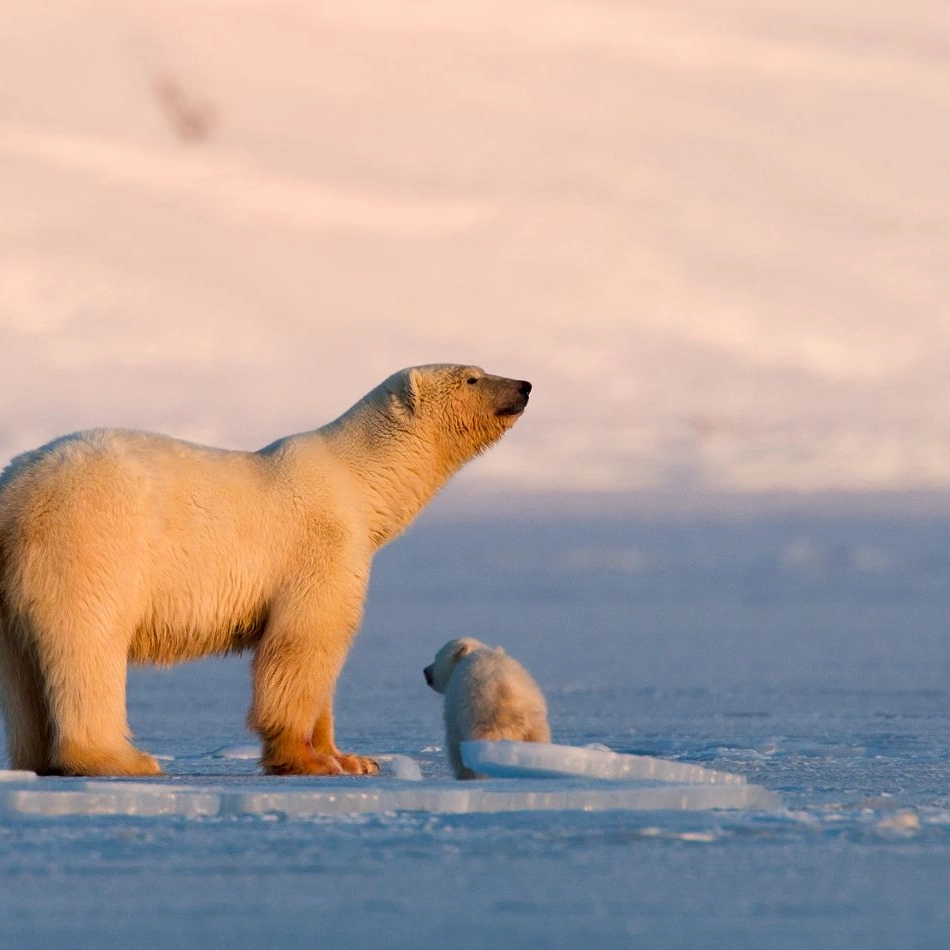
Animals in the arctic
It should come as no surprise that the Arctic region is one of the toughest places on earth for wildlife to live. Humans have been able to adapt fairly well to living in this part of the world due to the ability to wear clothing and reside in heated structures throughout the majority of the winter. However, for the animals that are forced to stay outside and venture through the Norwegian fjords and other areas of the Arctic, the climate is much more inhospitable.

How to have the ultimate arctic adventure
When you book a trip to somewhere adventurous like the Arctic, you want to make sure that every second of the journey is packed with as much excitement as possible. But in order to do this, you need to know a variety of things about your destination such as where to sleep, what to do, and what to eat while you are there.

The Arctic Circle
Sitting at Earth’s most northerly latitudes, you can think of the Arctic as the planet’s hat. The main focus of this area is, of course, the North Pole, however there is so much more to it than that. Surrounding the North Pole is the Arctic Circle which stretches out into different countries, forming a line around the top of the Earth. Let’s take a closer look at this fascinating part of the world.
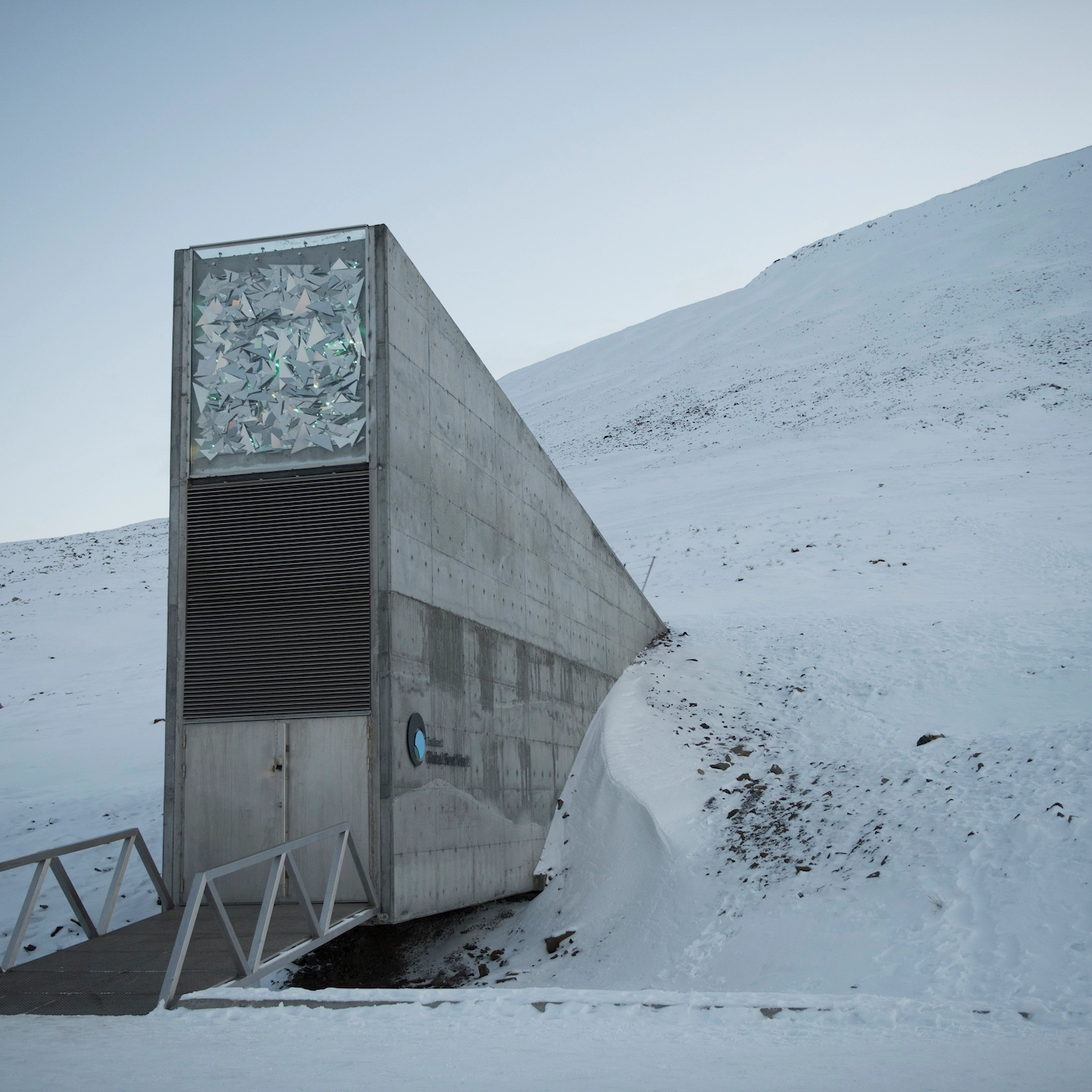
The Svalbard Global Seed Vault
Is Svalbard worth visiting? In a word, yes! Svalbard has fascinated travelers for a long time. The Norwegian archipelago lies just below the North Pole and is one of the world’s northernmost inhabited areas with almost 3,000 human residents. In Svalbard you will also find a fascinating building; The Svalbard Global Seed Vault.
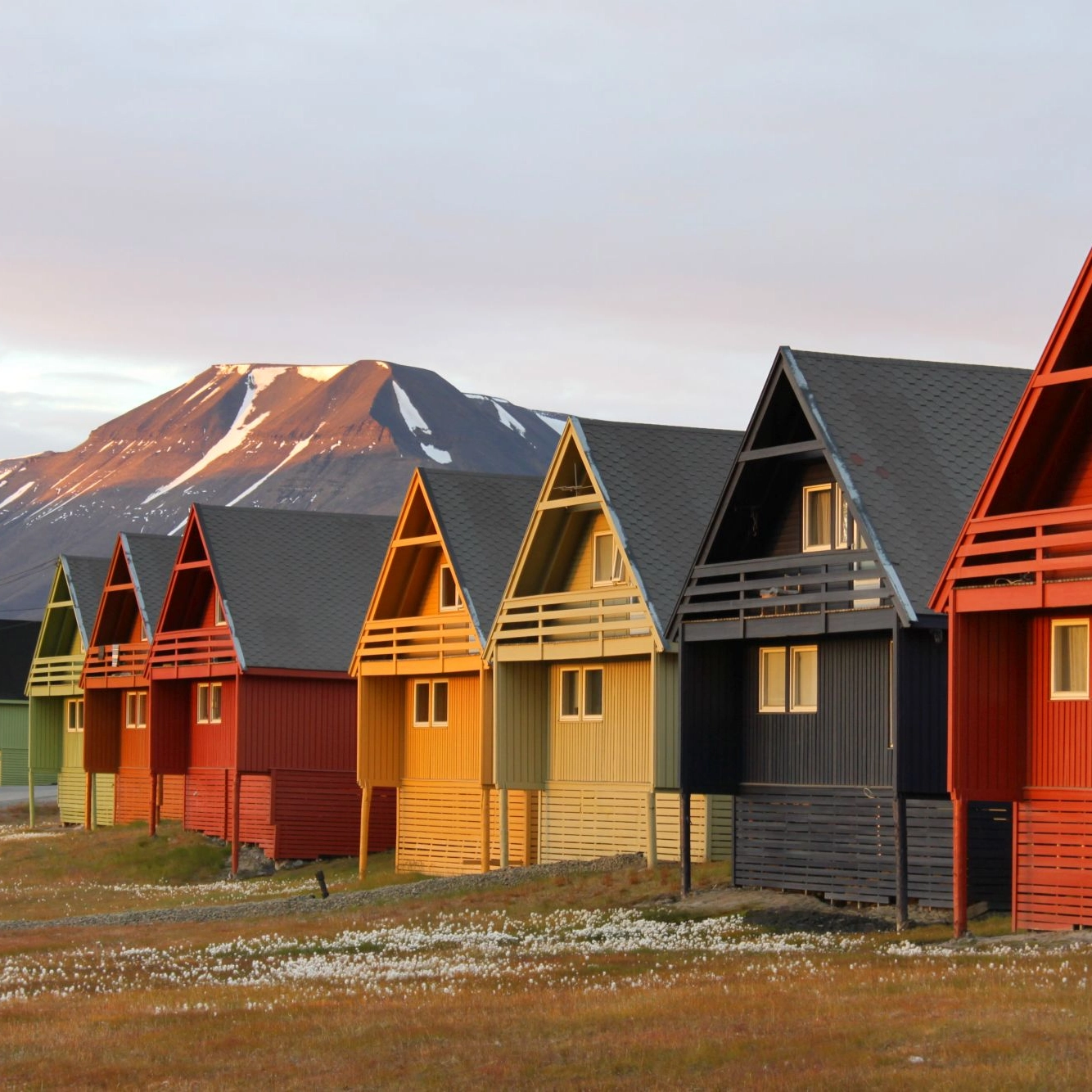
Life in the Arctic
The majority of people who have not gone on a Norwegian cruise have likely never seen the Arctic in person. Therefore, when they picture locals living there, what might come to mind is the image of people wrapped in massive puffy winter jackets all year round and walking through roads that are covered in several feet of snow and ice.
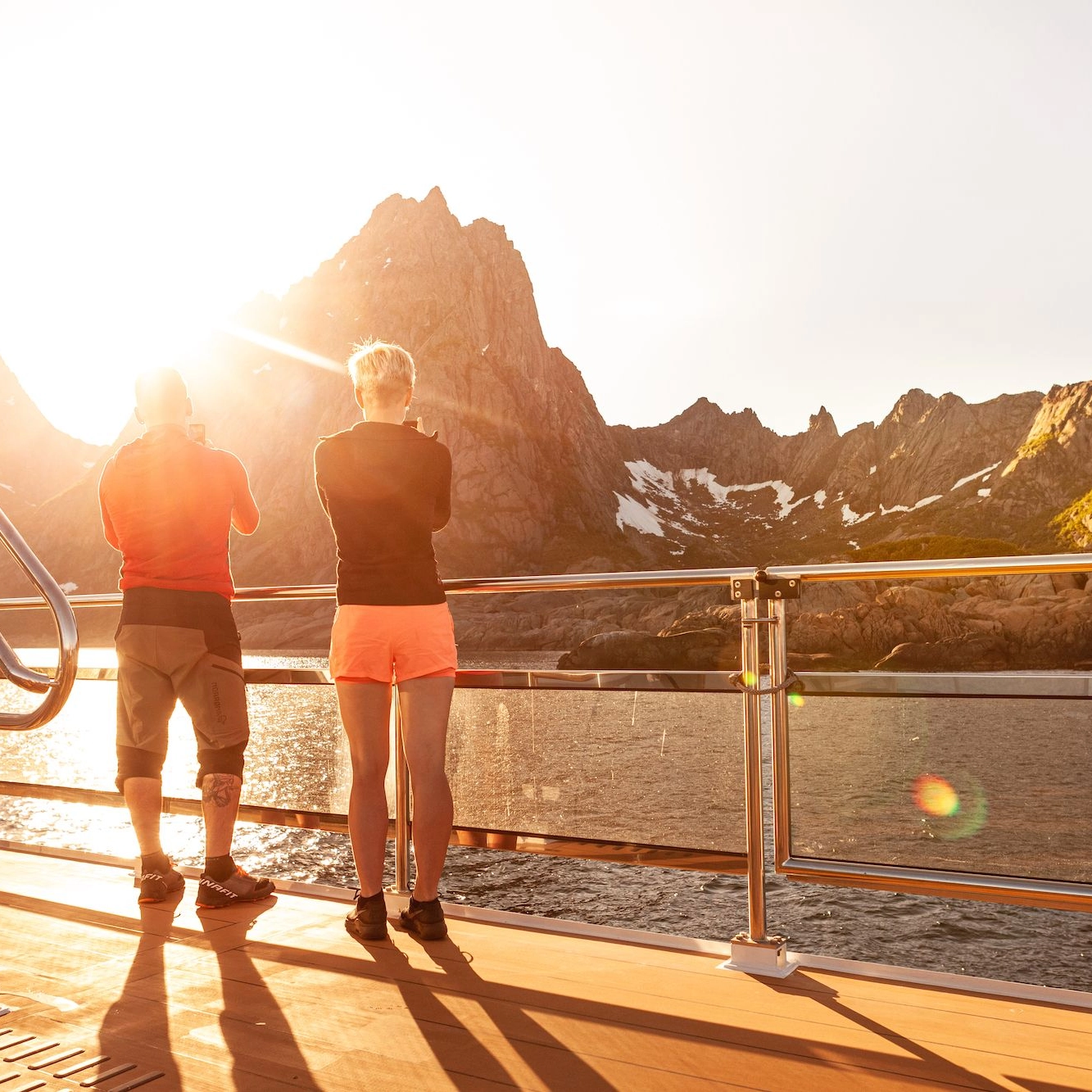
Land of the Midnight Sun
Norway is famous for its natural beauty, and it’s also known around the world as the “land of the midnight sun”. The northernmost regions of the country experience a remarkable natural phenomenon in which the sun stays up for several months during the summer. In this article, we’ll tell you all about this interesting phenomenon and tell you how you can experience the midnight sun for yourself!

Why does the sun not rise in the Winter?
There are basically two different kinds of people in the world when it comes to sunlight. Some are classified as “morning people,” which means that they absolutely love to wake up early in the morning to the warm glow of sunlight. On the flip side of the coin, their counterparts are known as “night owls,” which means that they actually prefer the evening when the sun is on its way down.

Norway’s Arctic Climate
Norway’s Arctic is one of the most astounding places on the planet. From the vast untouched snowy landscape, to the breathtaking Aurora Borealis, to the unique wildlife, the Arctic is truly something incredible. Unfortunately, climate change is having a devastating impact on Arctic regions worldwide. If change doesn’t occur rapidly to repair the damage that has already been done, the results will be devastating for Arctic regions as well as the rest of the world.

Animals in the arctic
It should come as no surprise that the Arctic region is one of the toughest places on earth for wildlife to live. Humans have been able to adapt fairly well to living in this part of the world due to the ability to wear clothing and reside in heated structures throughout the majority of the winter. However, for the animals that are forced to stay outside and venture through the Norwegian fjords and other areas of the Arctic, the climate is much more inhospitable.

How to have the ultimate arctic adventure
When you book a trip to somewhere adventurous like the Arctic, you want to make sure that every second of the journey is packed with as much excitement as possible. But in order to do this, you need to know a variety of things about your destination such as where to sleep, what to do, and what to eat while you are there.

The Arctic Circle
Sitting at Earth’s most northerly latitudes, you can think of the Arctic as the planet’s hat. The main focus of this area is, of course, the North Pole, however there is so much more to it than that. Surrounding the North Pole is the Arctic Circle which stretches out into different countries, forming a line around the top of the Earth. Let’s take a closer look at this fascinating part of the world.

The Svalbard Global Seed Vault
Is Svalbard worth visiting? In a word, yes! Svalbard has fascinated travelers for a long time. The Norwegian archipelago lies just below the North Pole and is one of the world’s northernmost inhabited areas with almost 3,000 human residents. In Svalbard you will also find a fascinating building; The Svalbard Global Seed Vault.

Life in the Arctic
The majority of people who have not gone on a Norwegian cruise have likely never seen the Arctic in person. Therefore, when they picture locals living there, what might come to mind is the image of people wrapped in massive puffy winter jackets all year round and walking through roads that are covered in several feet of snow and ice.

Land of the Midnight Sun
Norway is famous for its natural beauty, and it’s also known around the world as the “land of the midnight sun”. The northernmost regions of the country experience a remarkable natural phenomenon in which the sun stays up for several months during the summer. In this article, we’ll tell you all about this interesting phenomenon and tell you how you can experience the midnight sun for yourself!

Why does the sun not rise in the Winter?
There are basically two different kinds of people in the world when it comes to sunlight. Some are classified as “morning people,” which means that they absolutely love to wake up early in the morning to the warm glow of sunlight. On the flip side of the coin, their counterparts are known as “night owls,” which means that they actually prefer the evening when the sun is on its way down.